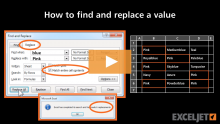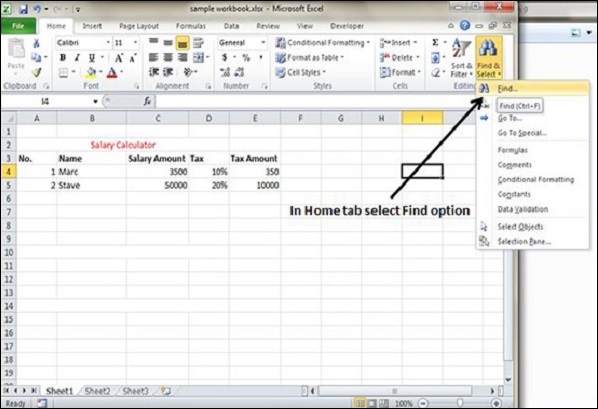

Note that if you log out of Snowflake, any active If you’re in the middle of running queries, they will resume running when the refresh is completed. Other browser (or tab) without re-entering your work. Any worksheet changes you made in one Snowflake instance persist to the other instance after a minute or two. Logging into Snowflake in another browser or tab. Each worksheet has its own role that can be set Your current interface role determines the default role for worksheets that you open, but the worksheets are not tied to the interface role. You can execute specific statements in a worksheet, then switch roles before continuing your work Specifying a different role for each worksheet and switching roles without losing your work. When closing and reopening the same worksheet.

Note that resized/collapsed panes, width changes to the result/data preview columns, and even the cursor position in the SQL editor, are persisted: Snowflake retains the static contents of each worksheet, so you can log in again later and resume working where you left off. After you’ve loaded a script file, you can optionally edit and save it to your library of saved worksheets. Loading SQL script files from your workstation or network into a worksheet. Saved worksheets cannot currently be shared with other users.

Saved worksheets are not accessible outside of the Snowflake web interface. Opening a worksheet from your library of saved worksheets. Opening multiple, concurrent worksheets, each with its own separate session, allowing you to run queries in different worksheets with different contexts without any degradation in UI performance. Running ad hoc queries and performing other SQL operations. Worksheets are designed to meet all your business and workflow needs, including: Resume/suspend or resize your current warehouse. Manage worksheets (search for, open or delete, rename).Ĭhange the current database, schema, or warehouse for the current worksheet without losing your work.


 0 kommentar(er)
0 kommentar(er)
